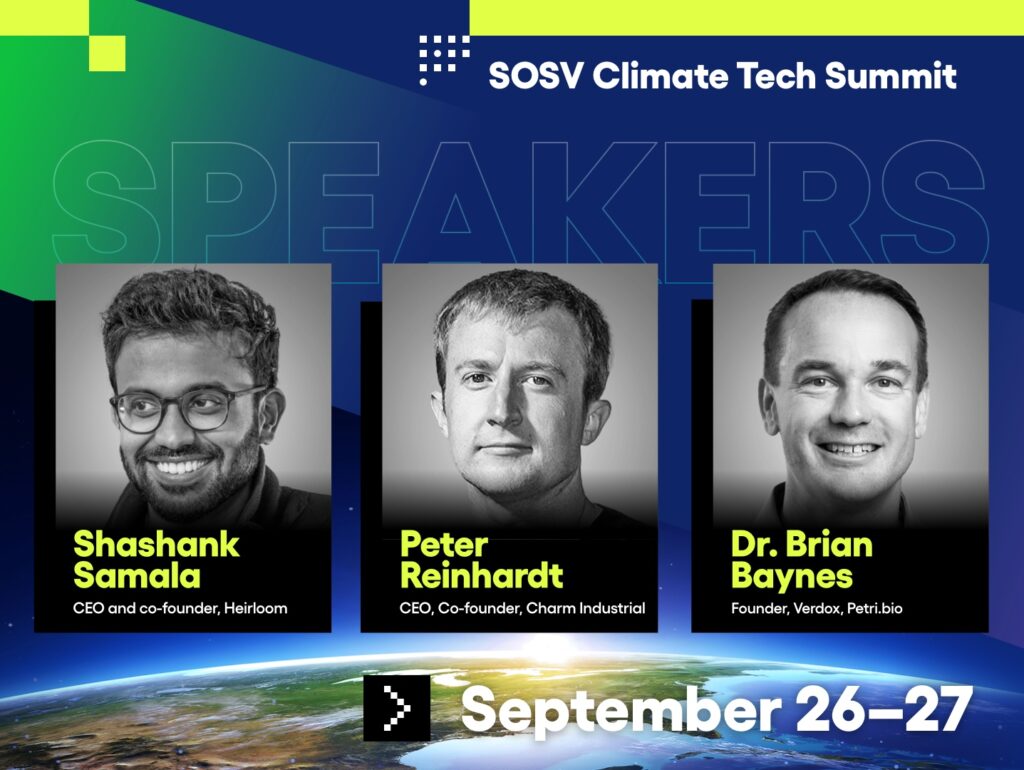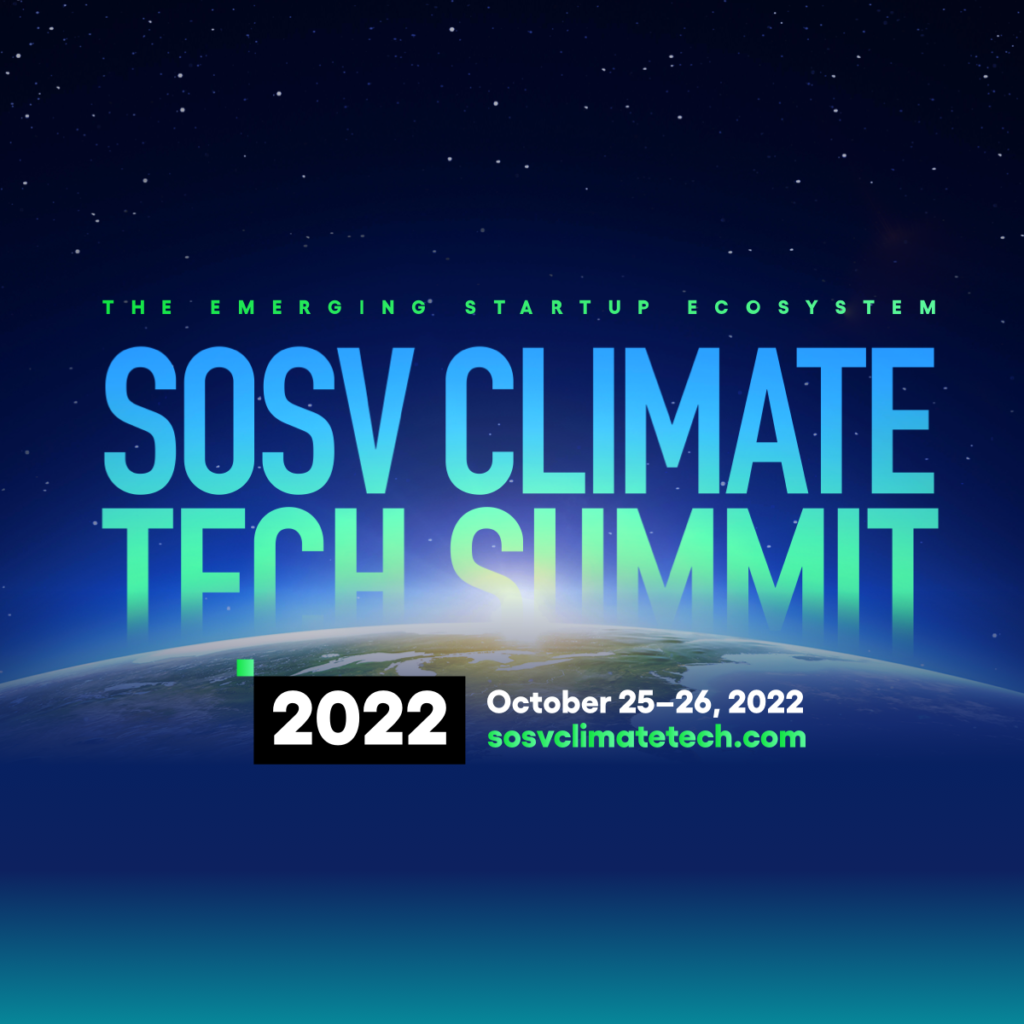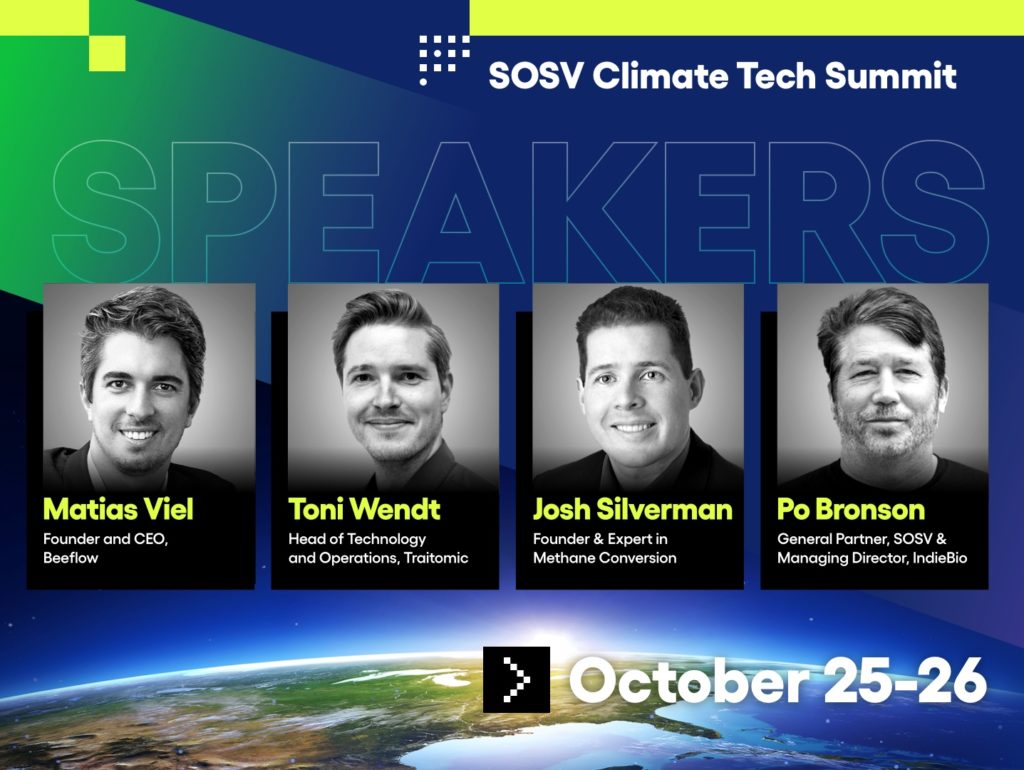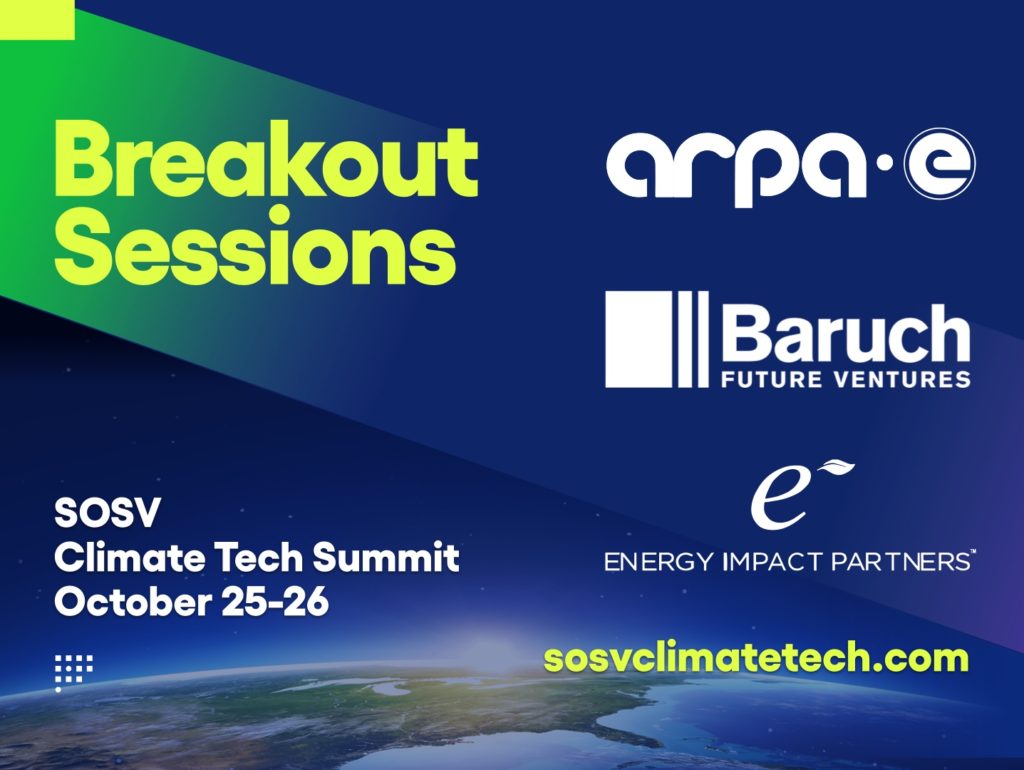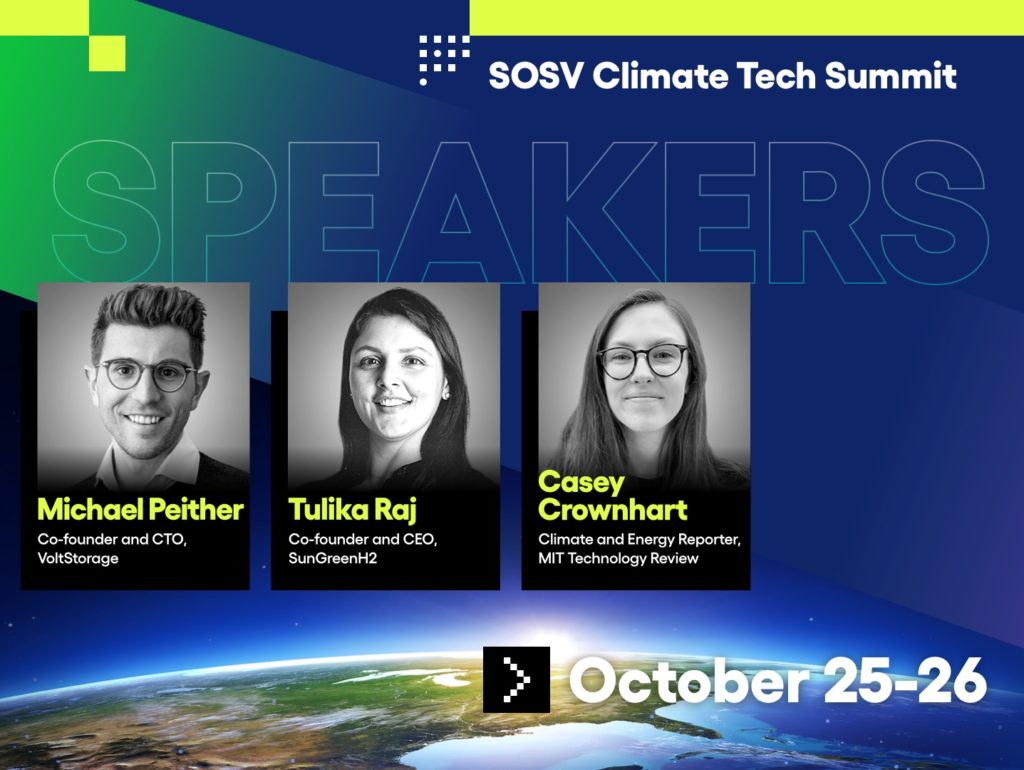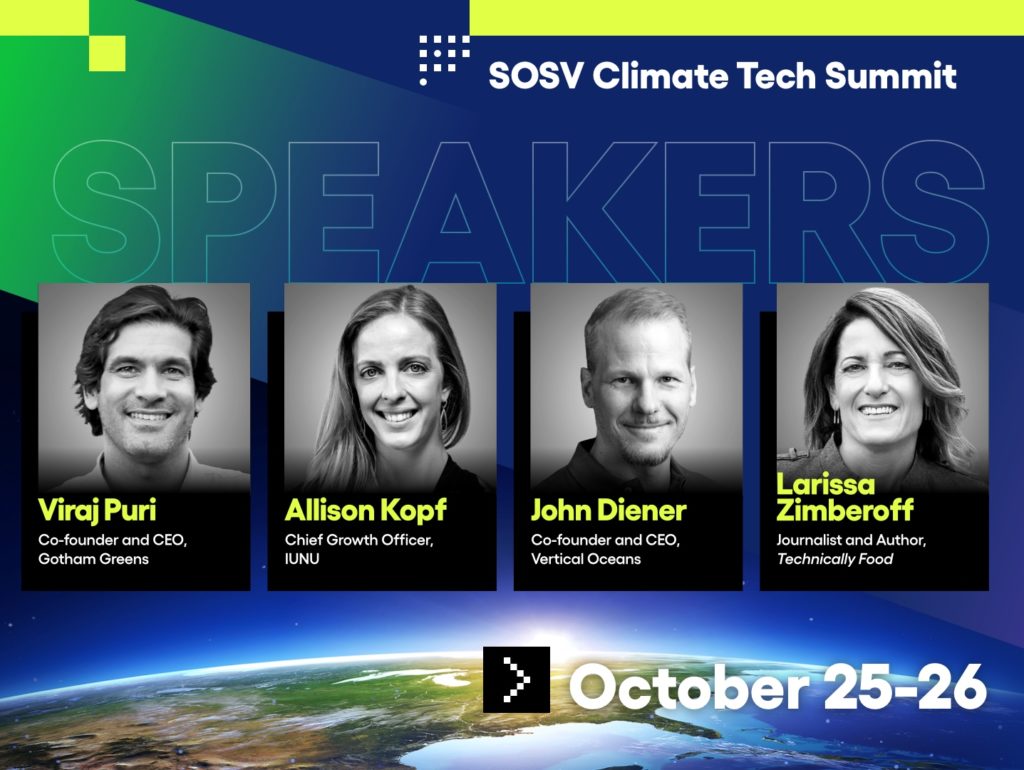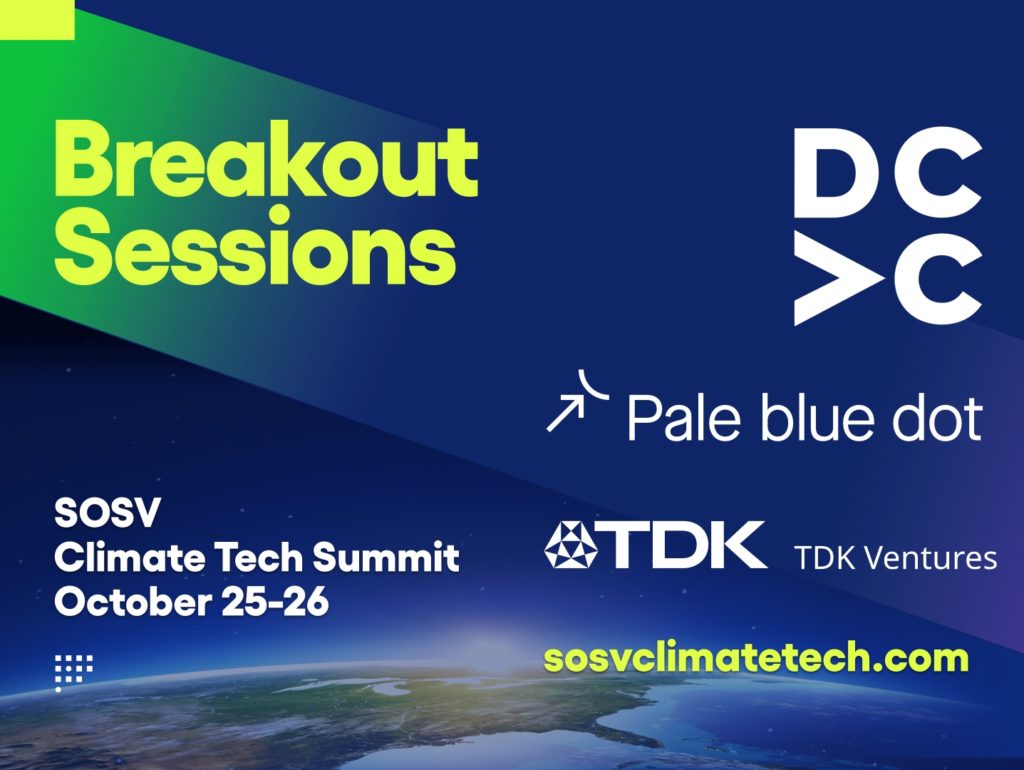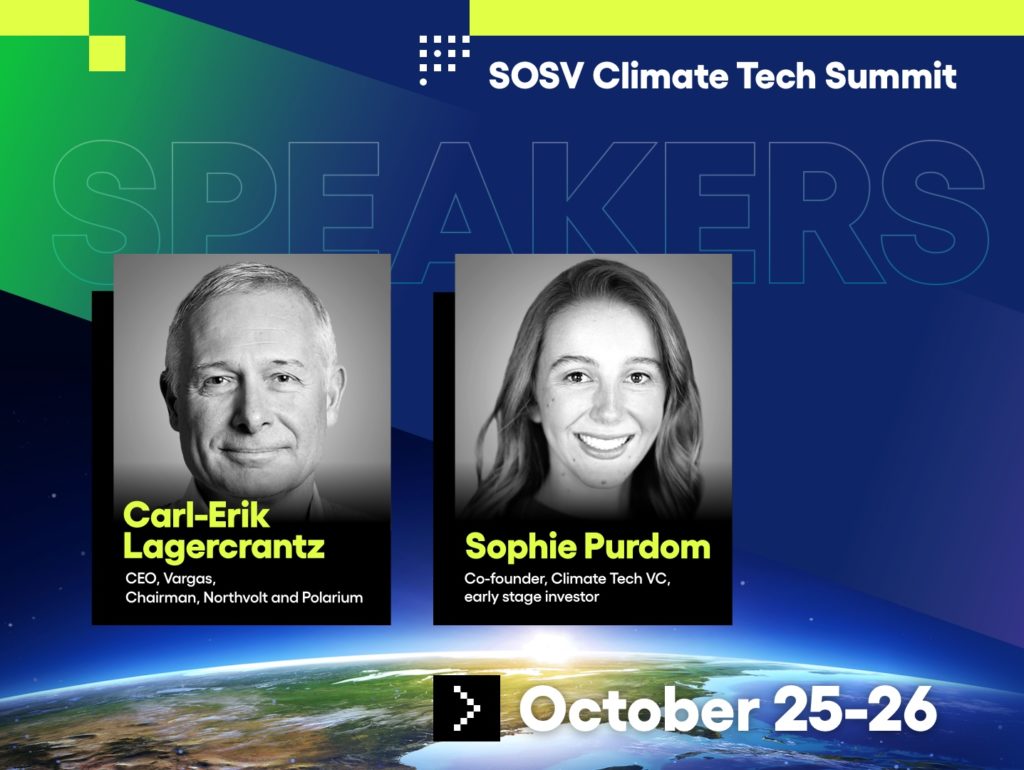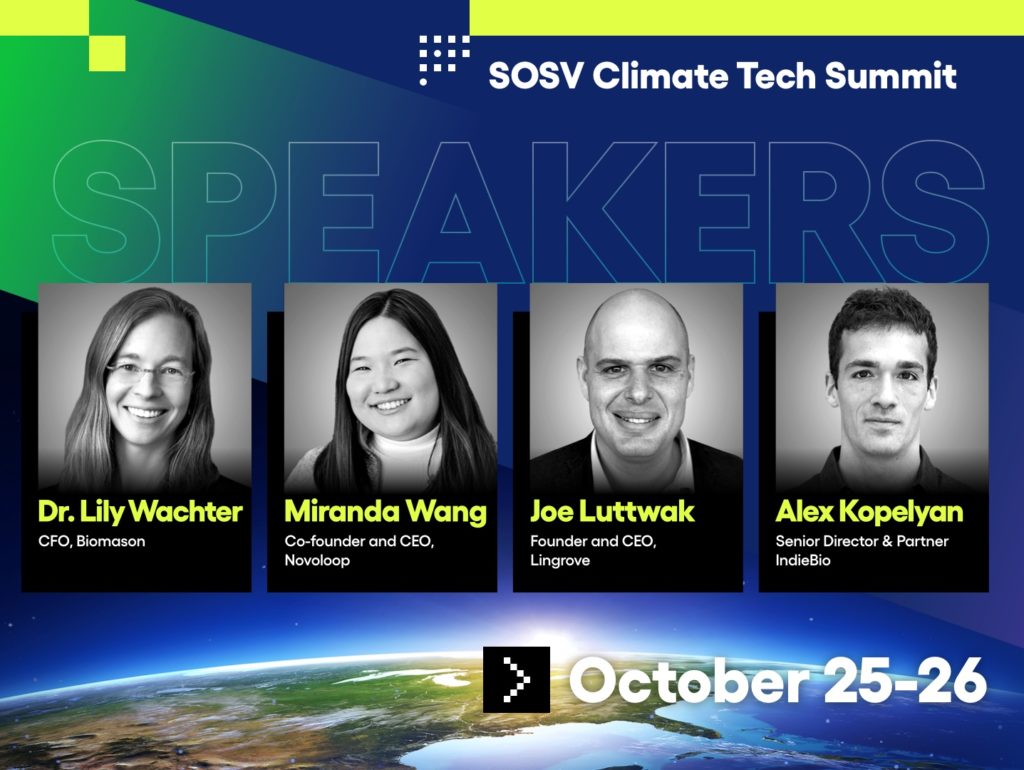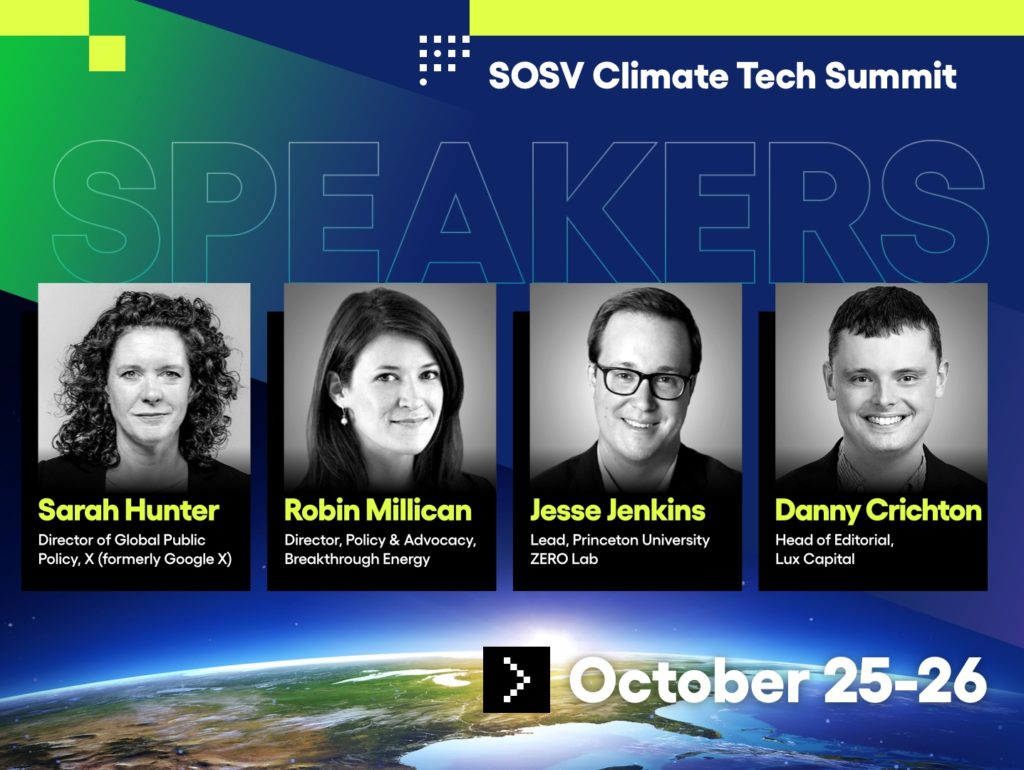With greenhouse gas emissions still growing, carbon dioxide removal (CDR) is fast becoming an imperative for addressing climate change. The question is, can it be done at scale and at a price the world can afford? We’re diving deep on that topic at the upcoming SOSV Climate Tech Summit.
The Cost Conundrum: How to Scale Carbon Removal with Heirloom Carbon Technologies, Charm Industrial, and Verdox
